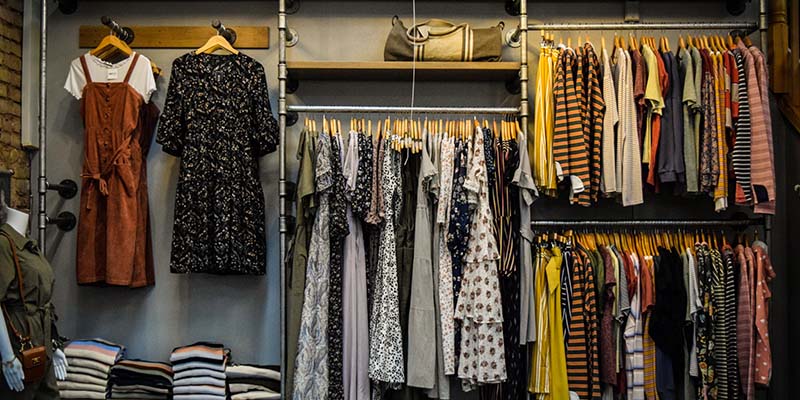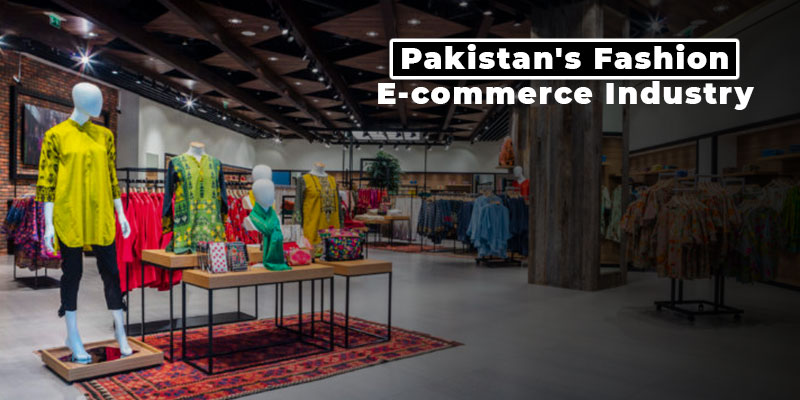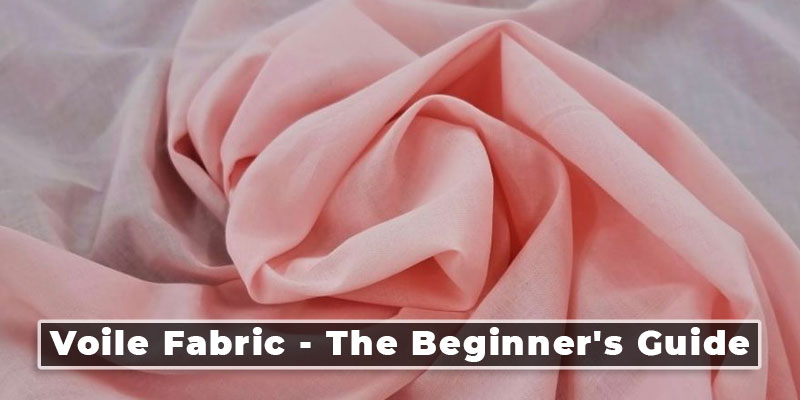What is a home-based clothing business?

A home-based clothing business is a type of business that is operated from home, where the entrepreneur creates, designs, and sells clothing products. This type of business can be started with low investment and has become increasingly popular in recent years, especially with the rise of online marketplaces and e-commerce platforms.
The primary advantage of a home-based clothing business is that it allows entrepreneurs to pursue their passion for fashion and create their unique brand from the comfort of their own homes. It also offers the flexibility to work on their schedule and eliminates the need for a physical storefront, which can be expensive and difficult to maintain.
The success of a home-based clothing business depends on several factors, including the quality of the products, the marketing strategies, and the ability to build a loyal customer base. With the right strategies and dedication, a home-based clothing business can become a profitable venture for aspiring entrepreneurs who are passionate about fashion and design.
Benefits Of Starting A Home-based Clothing Business
There are several benefits to starting a home-based clothing business, including:
Low Startup Costs
A home-based clothing business typically requires minimal upfront investment compared to starting a physical store. There is no need to rent a commercial space, hire staff, or purchase expensive equipment.
Flexibility
Running a home-based clothing business allows for greater flexibility in terms of working hours and work-life balance. Entrepreneurs can work at their own pace and set their schedule, which is especially advantageous for stay-at-home parents and those with other commitments.
Creative Control
Starting a home-based clothing business allows entrepreneurs to have complete control over their brand and creative vision. They can choose the products they want to create, the designs they want to use, and how they want to market and promote their brand.
No Commute
With a home-based clothing business, entrepreneurs can eliminate the need for a daily commute to work. This not only saves time but also reduces transportation costs and environmental impacts.
Increased Profit Margins
With lower overhead costs, a home-based clothing business can potentially have higher profit margins. This means that the entrepreneur can earn more money per sale, which can lead to greater financial stability and freedom.
Access to Global Markets
The Internet allows home-based clothing businesses to reach customers worldwide, creating opportunities for increased sales and brand exposure.
How to Start a Clothing Line From Home?
- Researching the market and identifying a target audience
Researching the market and identifying the target audience is an important step in starting a home-based clothing business.
- Conduct Market Research
Conduct market research to identify the current trends in the clothing industry and what is popular with your target audience. This can include analyzing competitors' products, pricing, and marketing strategies.
- Identify Your Target Audience
Define your target audience, including their age, gender, location, lifestyle, and interests. This will help you understand what type of clothing to create, how to market, and where to sell it.
2. Identifying competition and analyzing their strategies
Identifying competition and analyzing their strategies is an important part of researching the market for a home-based clothing business.
- Research Competitors
Identify your competitors in the clothing industry, including both direct and indirect competitors. Research their product offerings, pricing, marketing strategies, and target audience.
- Analyze Competitors' Websites and Social Media
Visit competitors' websites and social media accounts to gain insight into their brand identity, customer engagement, and overall online presence.
- Consider Their Unique Selling Proposition (USP)
Identify the unique selling proposition of your competitors, which is what makes them stand out from other clothing brands. This can include factors such as quality, design, price, or sustainability.
- Assess competitors' strengths and weaknesses
Evaluate the strengths and weaknesses of your competitors to identify potential opportunities and challenges for your own business. Consider how you can differentiate yourself from your competitors and offer a unique value proposition to your target audience.
- Developing a business plan and setting goals
Developing a business plan and setting goals is an essential step in starting a home-based clothing business.
- Define Your Vision and Mission
Write a purpose and vision statement that are both obvious for your business. This will help guide your decisions and actions as you work towards your goals.
- Define Your Target Market
Define your target market, including their demographics, interests, and behaviors. This will help you create products and marketing strategies that resonate with your audience.
- Develop a marketing plan
Develop a marketing strategy that specifies how you'll advertise and market your business. This can include strategies for social media, email marketing, influencer partnerships, and other marketing channels.
- Create Financial Projections
Create financial projections for your business, including revenue, expenses, and profits. This will help you understand your cash flow and profitability and make informed decisions about pricing and investment.
- Set SMART Goals
Set your business's SMART (Specific, Measurable, Achievable, Relevant, and Time-bound) goals. This can include revenue targets, product development milestones, or marketing goals. Regularly review and adjust these goals as needed to ensure you are on track to meet them.
- Setting Up Your Home-Based Clothing Business
- Creating a home office and workspace
Creating a home office and workspace is important for the success of a home-based clothing business.
- Identify a Dedicated Space
Identify a dedicated space in your home that you can use as your office and workspace. This can be a spare bedroom, a corner of your living room, or even a converted garage or attic.
- Set Up Ergonomic Furniture
Invest in ergonomic furniture, such as a comfortable chair and desk that are adjustable to your height and posture. This will help prevent back pain, eye strain, and other common work-related injuries.
- Organize Your Supplies
Organize your supplies and materials in a way that is efficient and easy to access. This can include storage solutions such as shelving, cabinets, and drawers.
- Ensure Sufficient Lighting
Ensure that your workspace has sufficient lighting, both natural and artificial. This will help reduce eye strain and improve your productivity.
- Consider Soundproofing
If you live in a noisy environment or have young children, consider soundproofing your workspace to minimize distractions.
- Personalize Your Space
Personalize your workspace with decor and accessories that inspire you and make you feel comfortable. This can include plants, art, or inspirational quotes.
- Obtaining necessary permits and licenses
Obtaining necessary permits and licenses is an important part of starting a home-based clothing business.
- Research Local Regulations
Research local regulations and laws regarding home-based businesses in your area. This can include zoning laws, business licensing requirements, and health and safety regulations.
- Obtain a Business License
Get a license or authorization for your business from the local authority. The requirements and process may vary depending on your location.
- Apply for a Tax ID and Seller's Permit
Apply for a tax ID and seller's permit if required by your state or local government. These permits are necessary if you plan to sell your products online or in person.
- Obtain a Home Occupation Permit
Obtain a home occupation permit if required by your city or county. This permit may be necessary if you plan to have customers or employees visit your home.
- Register Your Business Name
Register your business name with your state or local government. This will ensure that your business name is protected and can be used for legal purposes.
- Sourcing materials and equipment
Sourcing materials and equipment is an important aspect of starting a home-based clothing business.
- Identify Your Needs
Identify the materials and equipment that you will need for your home-based clothing business. This can include fabrics, threads, buttons, zippers, sewing machines, cutting tables, and other related supplies.
- Research Suppliers
Research suppliers of materials and equipment for your business. Look for reputable suppliers that offer high-quality products at competitive prices. You may also want to consider suppliers that offer bulk discounts or wholesale pricing.
- Attend Trade Shows
Attend trade shows and industry events to meet suppliers, network with other professionals in the industry, and stay up-to-date with the latest trends and technologies.
- Consider Local Suppliers
Consider sourcing materials and equipment from local suppliers, as this can help reduce shipping costs and support local businesses.
- Maintain Relationships
Maintain good relationships with your suppliers by paying invoices on time, communicating clearly, and providing feedback on the quality of their products and services.
- Setting up a website or online store
Setting up a website or online store is an important aspect of starting a home-based clothing business.
- Choose a Platform
Choose a platform to host your website or online store.
- Design Your Website
Design your website or online store with a professional and user-friendly interface. Make sure that your website is easy to navigate and that your products are presented in an appealing and organized way.
- Include High-Quality Product Images
Include high-quality product images on your website to showcase your clothing designs. Make sure that the images are clear and well-lit, and show the product from multiple angles.
- Write Descriptions
Write detailed descriptions of your products that include information such as materials, sizing, and care instructions.
- Set Up Payment and Shipping
Set up payment and shipping options for your customers. Provide clear and transparent shipping policies and rates.
- Optimize for Search Engines
Optimize your website for search engines by using relevant keywords, meta descriptions, and title tags. This might increase traffic to your website and help it become more prominent.
- Promote Your Website
Promote your website through social media, email marketing, and other channels to attract more visitors and potential customers.
- Designing and Creating Your Products
- Choosing a niche and creating a unique brand
Choosing a niche and creating a unique brand are important aspects of starting a home-based clothing business.
- Identify Your Niche
Identify a niche for your clothing business. This can be a particular style of clothing, a specific demographic, or a unique approach to design.
- Develop a unique brand identity
Develop a unique brand identity that sets your clothing business apart from its competitors. This can include your logo, brand colors, and tone of voice. Make sure that your brand reflects your niche and resonates with your target audience.
- Create a Brand Story
Create a brand story that connects with your target audience on a deeper level. This can include the inspiration behind your designs, your company values, and your mission statement.
- Choose Your Brand Name
Choose a brand name that is memorable, easy to pronounce, and reflects your unique brand identity.
- Create a visual identity
Create a visual identity for your brand that includes your logo, typography, and brand colours. Make sure that your visual identity is consistent across all of your marketing materials and website.
- Designing and creating products
Designing and creating products is the heart of any clothing business, and it's essential to make sure your designs are high-quality and appealing to your target audience.
- Create a design plan
Create a design plan that includes sketches, fabric samples, and any other materials needed to bring your vision to life. Consider the style, colour, and fabric choices that will appeal to your target audience.
- Source Quality Materials
Source quality materials that meet your design needs and fit within your budget. Consider the durability, texture, and appearance of the fabrics you choose.
- Develop Patterns
Develop patterns for your designs that are accurate and easy to follow. This is essential to ensure consistency in your products and avoid mistakes during production.
- Create Prototypes
Create prototypes of your designs to test the fit, comfort, and overall look of your products. This will help you refine your designs and make any necessary adjustments.
- Quality Control
Implement quality control procedures to ensure that your finished products meet your standards. This includes checking for defects, inconsistencies, and proper sizing.
- Consider Customization
Consider offering customization options for your products, such as different sizes, colours, or fabrics. This can help appeal to a wider range of customers and create a unique selling proposition.
- Stay Up to Date with Trends
Stay up to date with the latest fashion trends and incorporate them into your designs when appropriate. This can help keep your products fresh and relevant to your target audience.
- Managing and Growing Your Business
- Scaling up and expanding the business
Scaling up and expanding your home-based clothing business can be an exciting but challenging process.
- Explore New Markets
Explore new markets by targeting different demographics, geographic areas, or distribution channels. This can help you reach new customers and increase your brand exposure.
Final Words For Entrepreneurs Starting a New Business
Running a business can be hard work, but it's important to have fun and enjoy the journey. Remember why you started your business, and stay passionate about your vision.
Starting a home-based clothing business is a challenging but rewarding experience. By believing in yourself, embracing challenges, being patient, surrounding yourself with support, staying organized, keeping learning, and having fun, you can turn your dreams into a successful business.
Suggesting Thoughts
As we have mentioned all the initial and crucial points of starting a Home-based clothing business, you can take a bit to conceptualize and understand the initials of commencing a clothing business with the least investment from home.
You need to gather all your enthusiasm in finding your direction in stepping into the clothing and textile market. The next step after having a clear understanding of your final direction for the clothing business do your research, then fulfill all the needs and requirements, and then make important steps for your performance.
Konjae makes the entire process easier for you by highlighting all the important points for all the people and entrepreneurs to start a new clothing business and make their dreams come true.
Frequently Asked Questions-FAQs
How to start a clothing business in Pakistan?
In Pakistan, you need to follow the following steps to start your clothing business with ease:
- Start with Investment
- You should have a strong strategy
- Find good quality raw material
- Select an E-commerce platform for marketing your brand.
- Select a suitable business model.
- Start the manufacturing
- Price your articles.
How do I start a unique clothing line?
For a unique clothing line, you can get help from the following steps:
- Develop Fashion Skills for designing unique articles.
- Get a suitable Business Plan
- Make sure of the latest clothing trends and colours.
- Build a strong brand awareness campaign for your brand.
- Source good quality raw fabrics
- Create your designs or hire creative fashion designers.
- Start manufacturing and production.
- Plan Your seasonal collections
- Price your articles
- Display them at your onsite store and your online store.
- Start selling!
Is it hard to start a clothing brand?
It is not even that easy to start your clothing line from scratch. But with a full-fledged planned strategy and promotional marketing, you can make a trademark in the clothing industry.
How much investment is required to start a clothing brand in Pakistan?
In Pakistan, if you are thinking of starting a clothing brand then you will need a minimum of 200,000 to 300,000 PKR in your hand to invest in the clothing needs and requirements. This is for starting a small-scale business, but the amount varies on the level and scale of the business you are going to start.
How profitable are clothes?
On clothes, you can earn an average of 10% profit, whereas if the sales are at their peak then the profits can reach up to 20%, and if the sales are not going well, then the lowest profit is up to 5%.




.jpg.jpg)


